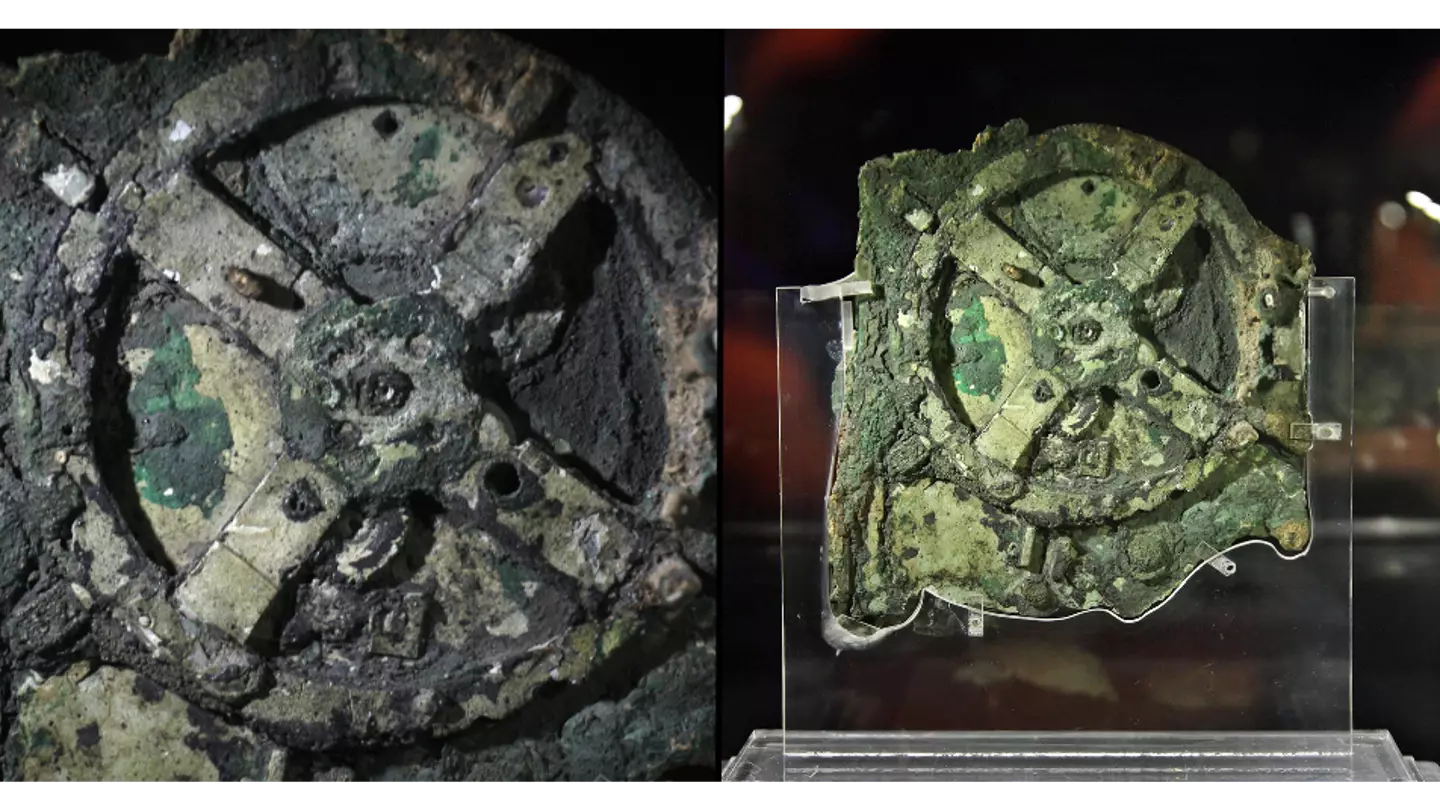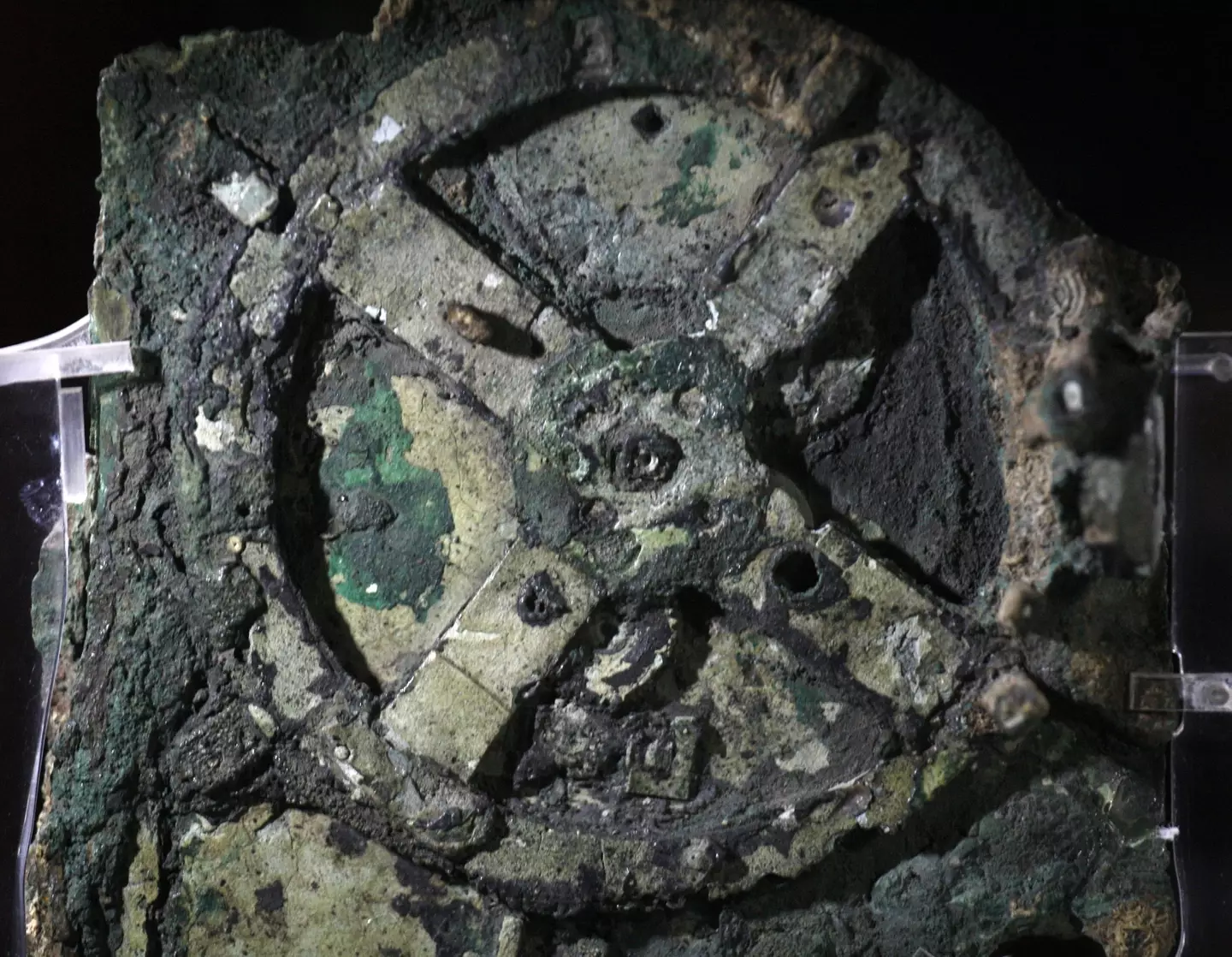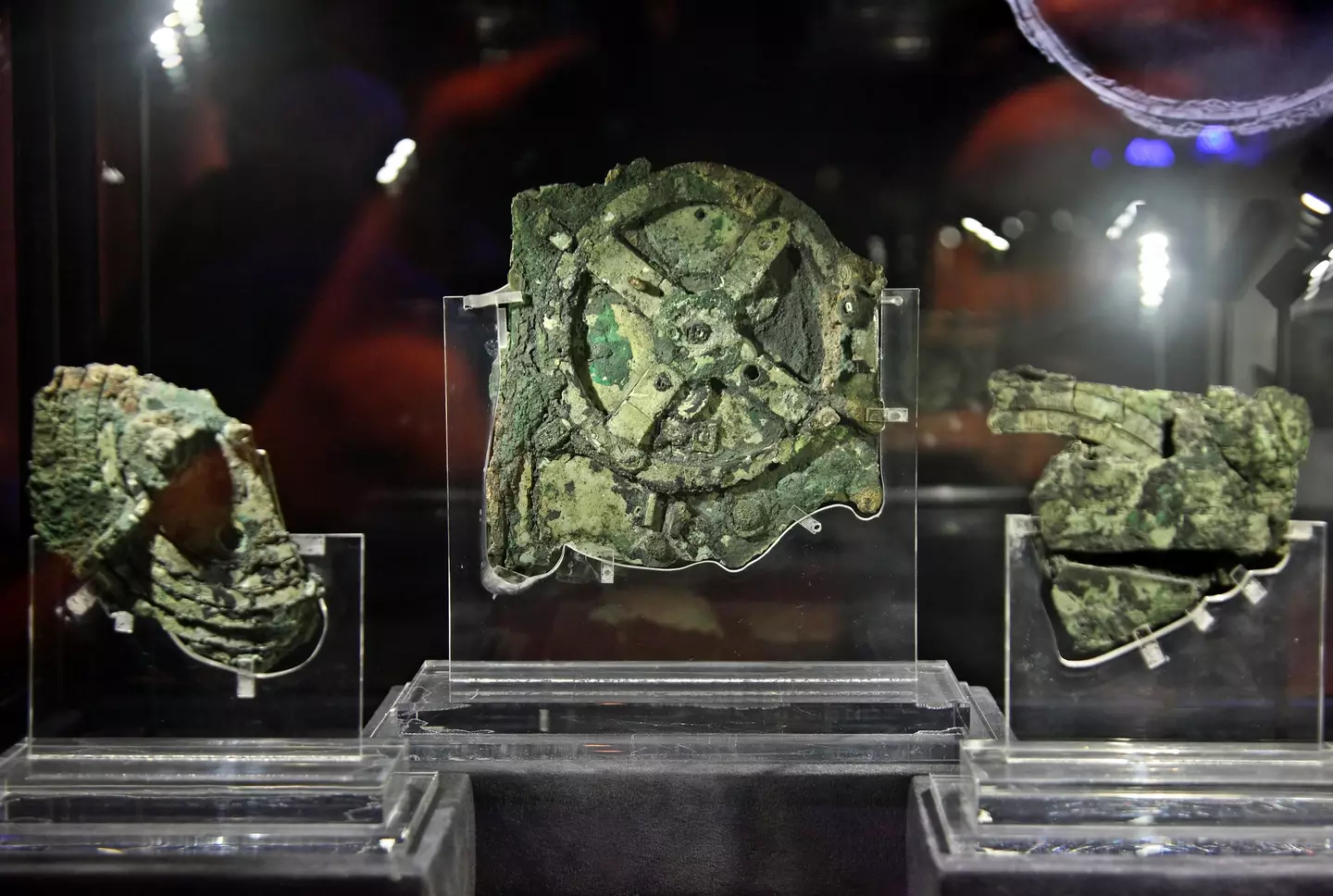
A 2,000-year-old wreck dubbed ‘the first computer’ has left scientists well and truly stumped.
From the moment it was discovered in a Greek shipwreck more than a century ago in 1901, researchers have marvelled at the Antikythera mechanism, an astronomical calculator that survives from the ancient world.
The hand-powered device, which is thought to be 2,000 years old, used a wind-up dial system to track the celestial time of the sun, moon and five planets, along with a calendar, the phase of the Moon and the timing of eclipses.
Advert
It was more sophisticated than any other tool that would be invented for the next 1,000 years.
Figuring out how the ancient Greeks managed to create a tool so much more advanced than anything we’ve seen of that era has left scientists baffled ever since.

But more than a century after its discovery, researchers at University College London (UCL) believe they solved part of the mystery using 3D computer modelling to reconstruct the device to test whether their proposal works.
Advert
“We believe that our reconstruction fits all the evidence that scientists have gleaned from the extant remains to date,” said Adam Wojcik, a materials scientist at UCL, back in 2021.
As per Scientific Reports, the team at UCL described how they drew on the work of previous researchers and used various mathematical methods and inscriptions on the mechanism to work out new gear arrangements that would move the sun, moon and planets in the correct way in a space just 25mm deep.
The team theorise that the mechanism may have displayed the movement of the sun, moon and various planets on concentric rings.
Because the ancient Greeks assumed that the sun and planets revolved around Earth, their paths were more challenging to reproduce with gear wheels than if the sun was placed at the centre.

The scientists also proposed the idea of a double-ended pointer they call a 'Dragon Hand', that indicates when eclipses are due to happen.
Advert
Their research brings us closer to a true understanding of how the Antikythera device worked, but it is still unclear whether the design is correct or how the ancient Greeks could have manufactured its components without more modern technology.
It is also unclear what the Antikythera mechanism was used for. Was it a toy, a teaching tool, or did it have some other purpose?
And if the ancient Greeks were capable of making such devices, what else did achieve that we are yet to discover?
Featured Image Credit: Heritage Image Partnership Ltd / Hercules Milas / Alamy Stock PhotoTopics: Technology, Science
